Nearby places you should check out
Surprise yourself with the options you have around this Magic Town.
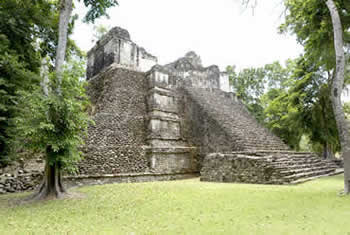
Kinichná
Kinichna means “house of the sun” in Maya. The Kinichna archeological site is located in southern Quintana Roo. Located to the northwest of the city of Chetumal, the state capital, it forms part of the Dzibanche-Kinichna complex.
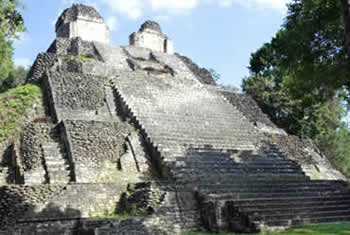
Dzibanché
Dzibanche or the Main Group, the Central Complex or Lamay Group, Tutil, and Kinichna. They served specific functions are were linked by sacbes, or Mayan white roads.
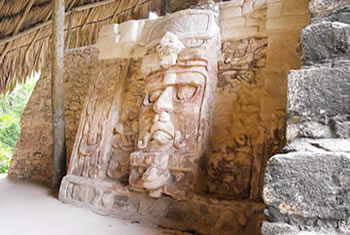
Kohunlich
Kohunlich is the name of a Mayan city and ceremonial center located approximately 40 miles from Chetumal, Quintana Roo, in the Rio Bec region. It is very close to the Mexico-Belize border.
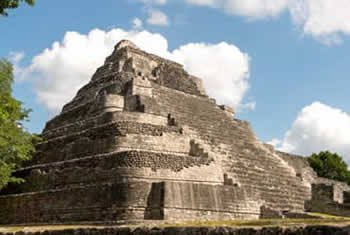
Chacchoben
Chacchoben is the largest settlement discovered to date in the Lakes Region. Archaeologists began to work the site only in 1994. Since then, they have uncovered and consolidated various important buildings that make up the nucleus of the pre-Hispanic city, which covers approximately 173 acres.
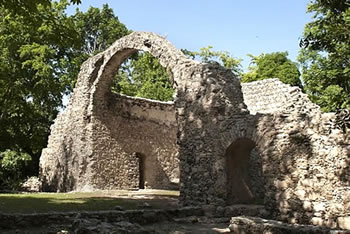
Oxtankah
It is the largest and most important pre-Hispanic city that has been discovered in the Chetumal Bay.The first groups of Maya settled in Oxtankah around 600 BC, remaining there until 1100 AD. Within this timeframe, there were three periods of high population density:Late Preclassic (300-50 BC) Early Classic (250-600 AD) and Late and Terminal Classic (600-900 AD)
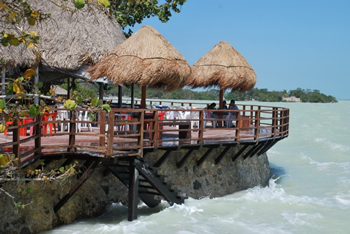
Calderitas
A can’t-miss destination, only 5 miles from the state capital of Quintana Roo:Chetumal. This attraction is renowned for its paradise-like atmosphere and its hospitality shown toward domestic and international tourists.
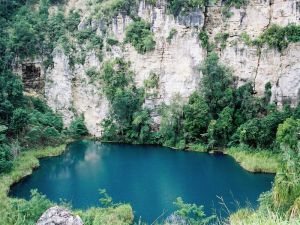
The “Golden Crocodile” Cenote
This extraordinary site is located nearly 70 miles from Chetumal. Its large water mirror, measuring nearly 109 yards across, is a brilliant cobalt blue. Unlike the cenotes in the rest of the Yucatan Peninsula, this one is located at the foot of a small ridge, so that the relief offers a better view. The stone wall extending along an entire side reaches 230 feet high and is considered the best spot in all of Quintana Roo to practice rappel. At sunset, a spectacle unfolds with clouds of bats that launch from the walls to perform their nighttime flights.
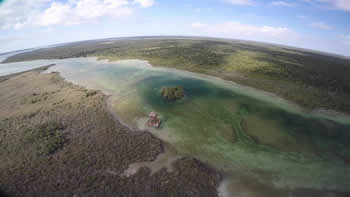
Laguna Guerrero
Laguna Guerrero is located 5 miles from Chetumal. The mangrove area opens into a small sandy space for visitors to enjoy the waters of the bay. Otherwise, the site is quite rustic and has minimal restaurant service, mostly during vacation and on weekends.
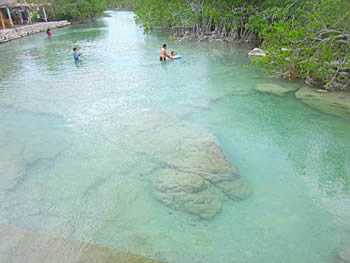
Raudales
Raudales is located a little under 2 miles from Laguna Guerrero. It is a pretty coastal spot adjacent to the Ursulo Galván Ejido. The site is the outlet of a freshwater spring from the Laguna Bacalar, so visitors can choose to refresh themselves in salt or freshwater.
The area has camp sites and convenience stores. On weekends and during vacation periods, there are kayaks and boats for hire to enjoy the lagoon.Nearby, visitors can enjoy a two-story lookout, which is excellent for bird watching.
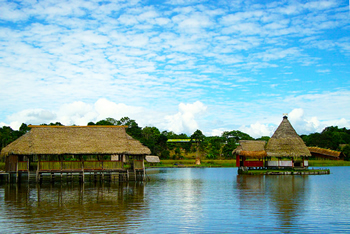
Laguna Milagros
On the same highway as the exit to Chetumal, you’ll find the town of Huay Pix, which extends from the highway to the shore of the lagoon.
It boasts several restaurants where visitors may rent kayaks. The lagoon is another of the spectacular bodies of water within the zone.It covers 2 miles, extending to 6500 feet at its widest point.
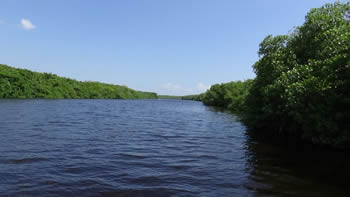
Rio Hondo
Rio Hondo is a border river running through the middle of the jungle. Most of this river’s course may be navigated, as it extends approximately 97 miles. It was used as a waterway 250 years ago to extract the precious Campeche wood, which was plundered throughout the region. One hundred years later, the Maya used it to bring in contraband weapons to fight the Mexican government during the Caste War of Yucatan.Later, it was also used as an ideal transportation route for natural chicle (from the chicozapote tree), mahogany, and other precious woods. Today, in addition to being a border, it continues to be an aquatic avenue that is still flanked by extensive groves of mangrove trees, where travelers will find beautiful springs, creeks, cenotes, and lagoons, many of which are relatively unknown.In addition, Subteniente López, which is very close to Chetumal, is the main border crossing with Belize.
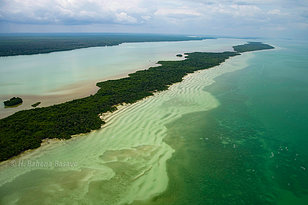
Isla Tamalcab
This is a small, uninhabited island with white sands and calm waters, located within Chetumal Bay and facing the town of Calderitas. Its exuberant tropical vegetation is comprised of low, flooded jungle and patches of medium forest in an excellent state of conservation, making it an ideal spot to rest.
Its fauna includes spider monkeys, paca, badgers, heron, and fishing eagles.The shallow depth of its waters and its abundant marine life offer the opportunity to practice snorkeling.
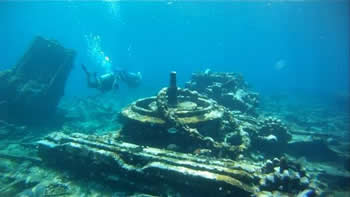
Banco Chinchorro
This is a Natural Protected Area, which shelters a wide variety of species of marine flora and fauna. It is located 19 miles from the coast, in front of Mahahual and Xcalak. With an elliptical shape, it is 28 miles long and extends 11 miles at its widest point.
The site is a navigational trap, and is full of the remains of ships that ran aground or sank over the past 500 years (18 of them were Spanish and English ships from the 16th-18th centuries).
This of course makes it one of the world’s most famous sites for dive enthusiasts.
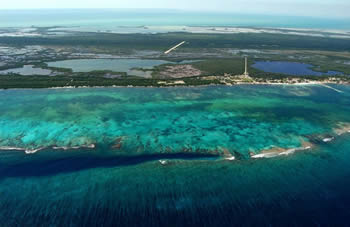
Xcalak
This old fishing port is located to the south of the Mayan coastline. It has various natural attractions and has an important history from the beginning of the century.Facing its coasts, visitors will find a portion of the southern section of the Banco Chinchorro coral reef and a peculiar reef structure known as the “Poza,” which is ideal for observing a wide variety of marine life.
It is one of the few and last semi-virgin beaches on the Mexican Caribbean, located nearly 40 miles to the south of Mahahual. The wide variety of flora and fauna found in this area, along with the marine environment, make Xcalak a tourist destination with truly unforgettable landscapes. It is also considered a paradise by nature, diving, fishing and snorkeling enthusiasts.

